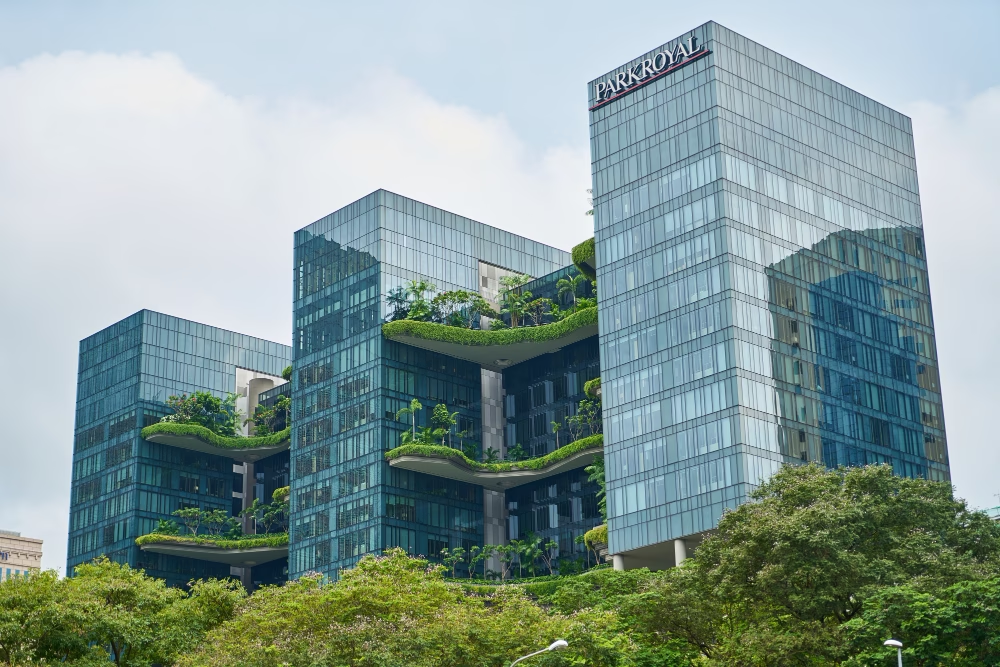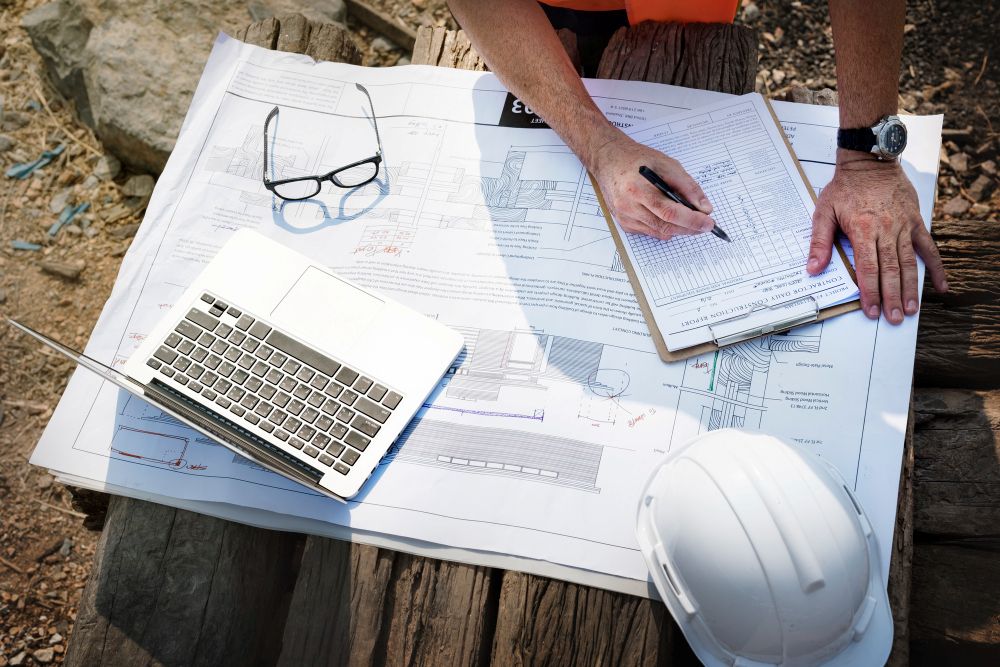
Urban Design Services That Meet Australian Green Building Standards
Discover how urban design services help meet Australian green building standards. Learn how Smart Planning and Design supports sustainable, compliant projects.
read more

As climate change intensifies, urban developers face a harsh reality: 90% of natural disasters now involve flooding. Basements—the hidden foundation of buildings—are ground zero for water damage, mold, and structural decay. In cities like Miami and Amsterdam, where rising seas meet aging infrastructure, traditional sandbag solutions no longer suffice. The future demands resilient design that transforms basements from liabilities into assets. This isn’t just about survival; it’s about reimagining urban spaces to thrive amid water’s relentless advance.
Basements anchor our buildings but betray us in crises. When Hurricane Ida flooded New York in 2021, 80% of fatalities occurred in submerged basement apartments. These spaces, often housing utilities, storage, or low-income dwellings, become death traps when drainage fails. Conventional concrete absorbs water like a sponge, while outdated storm systems overload within minutes. For developers, the stakes are clear: unmitigated basement flooding can spike repair costs by 300% and paralyze entire city blocks. The solution lies not in resistance, but in intelligent adaptation.
Resilience starts beneath the surface. Modern waterproofing blends chemistry and design:
In Copenhagen’s Nordhavn district, developers use triple-layer membranes combined with capillary breaks—creating basements that stay dry even when groundwater rises. This isn’t a barrier; it’s a dynamic system that anticipates pressure.
Resilient design demands vertical thinking. When floodwaters surge, electrical panels, HVAC units, and boilers must remain operational. Rotterdam’s floating pavilion complex pioneers this approach:
This strategy saved Rotterdam €18 million during 2023’s record rains, proving that elevation isn’t retreat—it’s strategic foresight.
True resilience transforms water from enemy to ally. Smart stormwater systems integrate:
Philadelphia’s Green City, Clean Waters program reduced basement flooding by 70% using bioswales and smart cisterns. The lesson? Treat stormwater as a harvestable resource, not waste.
Rotterdam’s Benthemplein Water Plaza epitomizes climate-ready design. This dual-use public space:
Developers here achieved a 400% ROI by combining municipal funding with recreational value—a model replicable from Tokyo to Toronto.
Governments wield tools to accelerate adoption:
Without these levers, even cutting-edge tech remains confined to pilot projects.
The era of defenseless basements is over. By fusing advanced materials, elevated systems, and intelligent water management, developers can create spaces that defy floods while adding value. As sea levels rise and storms intensify, resilient basements will transition from premium features to non-negotiable standards. The question isn’t if cities will flood—but whether our foundations will float or fail.

Discover how urban design services help meet Australian green building standards. Learn how Smart Planning and Design supports sustainable, compliant projects.
read more

Discover the benefits of mixed-use developments in town planning Australia. Learn how they boost convenience, sustainability, and community connection.
read more

Discover why feasibility studies are essential in town planning Australia. Learn how they save time, reduce risks, and improve approval chances.
read more